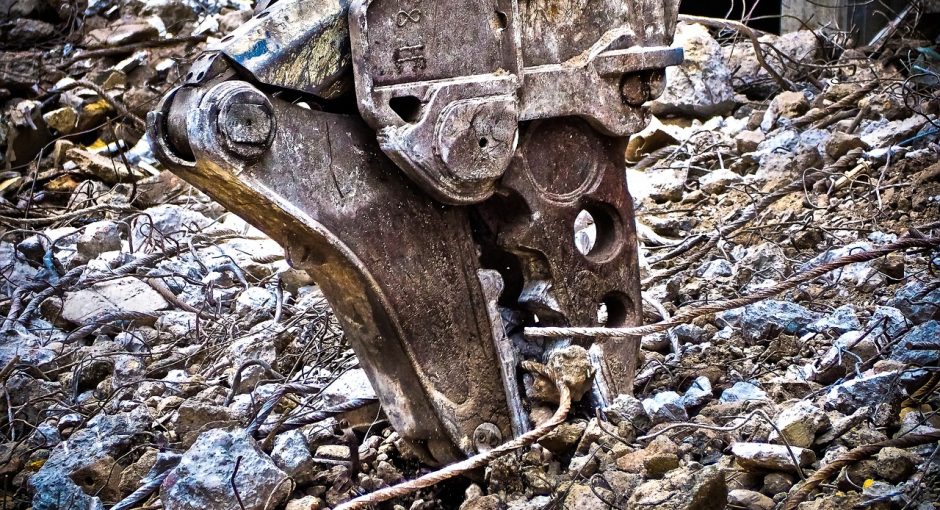Photo by Pixabay.com
After any major repair or Window Replacement, as a rule, there is a large amount of construction waste. What should the proprietor do in this case and how should the removal of construction debris after repair be carried out in terms of legislation? In addition, this problem may occur when moving from one place to another, when a person gets rid of unnecessary things. You can use the builder’s container, if there is a construction of a residential house or other object. This option is feasible if the volume of waste is small.
In the large metropolitan areas, the “Dump” project works, where old furniture is taken, unnecessary things can still be repaid a small sum of money.
We can say that there will be no penalty for one can of paint and a bag with scraps of wallpaper thrown in the trash. This is what may be applied to construction waste:
- fragments of brick, plaster, concrete;
- old window frames, doors;
- trim tiles, glass;
- container, left over from construction mixtures, glue, paint, etc.
If you have a car, you can try to take construction debris to officially registered disposal sites, having previously agreed on the cost of providing this service and the possibility of receiving the desired type of waste.
In the absence of personal transport, you can try to sell construction waste by posting an ad on the Internet — many people, especially in the summer season, may need a brick battle or shards of tile. You can even earn money with this option, but you have to understand that not every potential buyer will be ready to be engaged in self-delivery.
In case if there is no desire to remove construction waste after apartment renovation, you can always enter into an agreement with a company specializing in the disposal of such waste.









